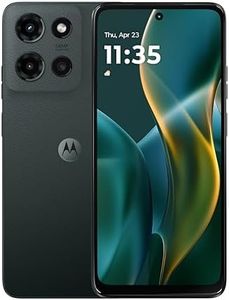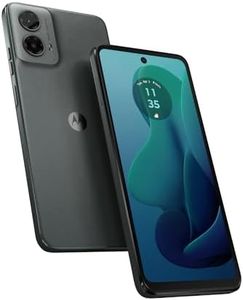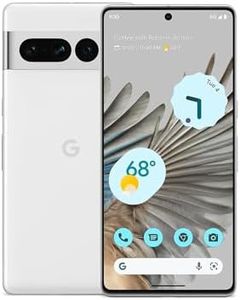10 Best Android Phones 2025 in the United States
Our technology thoroughly searches through the online shopping world, reviewing hundreds of sites. We then process and analyze this information, updating in real-time to bring you the latest top-rated products. This way, you always get the best and most current options available.

Our Top Picks
Winner
SAMSUNG Galaxy S24 FE AI Phone, 256GB Unlocked Android Smartphone, High-Res 50MP Camera, Long Battery Life, Brighter Display Screen, US Version, 2024, US 1 Yr Manufacturer Warranty, Gray
Most important from
768 reviews
The Samsung Galaxy S24 FE AI Phone is a solid choice for users looking for a robust Android device. One of its standout features is the 6.7-inch display with a 120Hz refresh rate and 1,900 nits peak brightness, making it ideal for bright and clear visuals even in direct sunlight. The 4700mAh battery offers long-lasting performance, with up to 33 hours of talk time, and the Galaxy AI helps manage battery life effectively, which is a significant plus for heavy users.
The camera setup is impressive, featuring a high-resolution 50MP main camera and AI-enhanced features for improving photo quality and capturing great low-light shots. The slow-motion video capability adds to its versatility for content creators. The phone is equipped with the latest One UI 6.1 on Android 14, ensuring up-to-date features and security. With 8GB of RAM and 256GB of storage, it handles multitasking and data storage efficiently.
On the downside, while the phone supports fast charging, it only includes a USB-C cable without a charger in the box, which might require an additional purchase. The build quality is solid with water resistance, but the design is relatively standard and may not stand out to those looking for a unique aesthetic. Weighing 209 grams, it's slightly on the heavier side. The Galaxy S24 FE excels in display quality, battery life, and camera performance, making it suitable for users who prioritize these aspects in a smartphone.
Most important from
768 reviews
Google Pixel 9 Pro XL - Unlocked Android Smartphone with Gemini, Triple Rear Camera System, 24-Hour Battery, and 6.8" Super Actua Display - Obsidian - 256 GB
Most important from
513 reviews
The Google Pixel 9 Pro XL is an impressive Android smartphone designed for users who want top-notch performance and flexibility. Its 6.8-inch Super Actua Display with a 120 Hz refresh rate ensures a smooth and vibrant viewing experience, making it ideal for media consumption and gaming. The 24-hour battery life provided by its 5060 mAh battery is sufficient for most users, though heavy users might need to charge it more frequently.
With its triple rear camera system, the Pixel 9 Pro XL excels in photography and videography, offering features like Super Res Zoom, 8K Video Boost, and Night Sight Video for sharp, high-quality images and videos even in low light conditions. The inclusion of Google's AI tools like Magic Editor and Best Take further enhances the photography experience. Powered by ample 16 GB RAM and 256 GB of internal storage, it can handle multitasking and store a significant amount of data.
The device runs on the latest Android 14, ensuring access to the newest features and updates. Its build quality is robust, and the sleek design in obsidian color adds to its aesthetic appeal. While it is unlocked and compatible with all major carriers, the higher-end features and price point might be more than what a casual user needs. The Google Pixel 9 Pro XL is a suitable choice for tech enthusiasts, professional photographers, and users who appreciate cutting-edge technology and flexibility in their smartphone.
Most important from
513 reviews
SAMSUNG Galaxy A16 5G A Series Cell Phone, Unlocked Android Smartphone, Large AMOLED Display, Durable Design, Super Fast Charging, Expandable Storage, US Version, 2025, Blue Black
Most important from
424 reviews
The Samsung Galaxy A16 5G is designed to offer a solid experience with several standout features. Its 6.7-inch AMOLED display is a significant strength, providing vibrant and clear visuals that enhance media consumption and everyday tasks. The triple-lens camera system is another highlight, allowing users to capture detailed and diverse shots, from group photos to close-ups, making it ideal for photography enthusiasts. Battery life is complemented by super fast charging, ensuring minimal downtime, which is beneficial for users who are always on the go.
The inclusion of 5G connectivity and a 2.4 GHz processor ensures smooth performance and speedy internet access, suitable for multitasking and streaming. Storage is ample with 128GB of internal space, expandable up to 1.5TB, making it convenient for those who store a lot of media and apps. Running on Android 14 with One UI, the phone promises a user-friendly experience and six years of updates, adding long-term value. The durable design, with an IP54 rating for dust and water resistance, makes it reliable for various environments.
However, with 4GB of RAM, it may struggle with heavy multitasking or demanding applications compared to higher-end models. Additionally, while the phone offers practical features like Samsung Wallet and health tracking, these may not be essential for all users. Despite these minor drawbacks, the Galaxy A16 5G is a good fit for those looking for a feature-rich, budget-friendly smartphone with excellent display and camera capabilities, robust battery life, and extensive storage options.
Most important from
424 reviews
Buying Guide for the Best Android Phones
Choosing the right Android phone can be a daunting task given the wide variety of models available. To make an informed decision, it's important to understand the key specifications that differentiate these devices. By focusing on your personal needs and preferences, you can find a phone that best suits your lifestyle. Here are some essential specs to consider when shopping for an Android phone.FAQ
Most Popular Categories Right Now
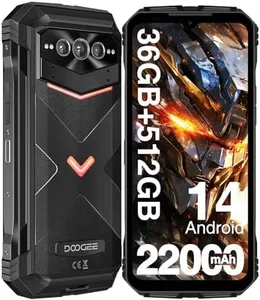

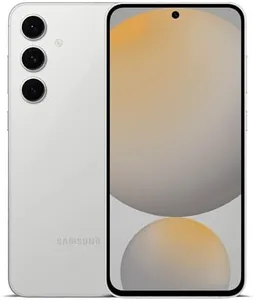
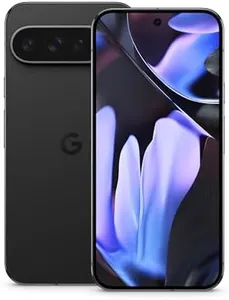
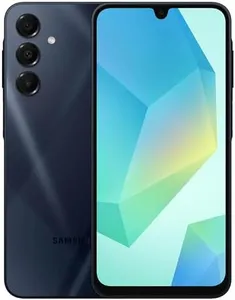
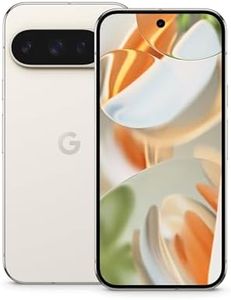
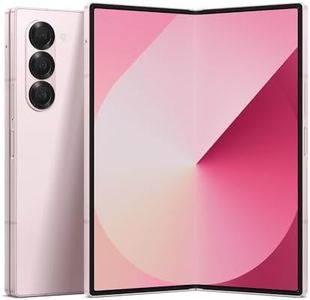
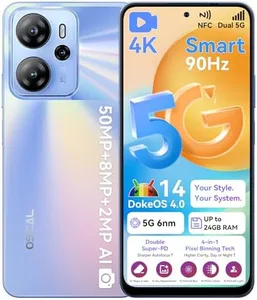
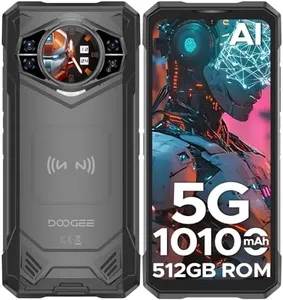
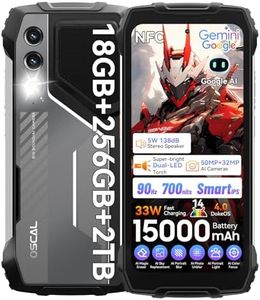

![[2-Pack] M](https://images-proxy.bestreviews.guide/p5Hlqzv0w7UgM441S1eWXUhvpMA=/0x300/https://m.media-amazon.com/images/I/31TfjX27M6L._AC_CX679_.jpg)
